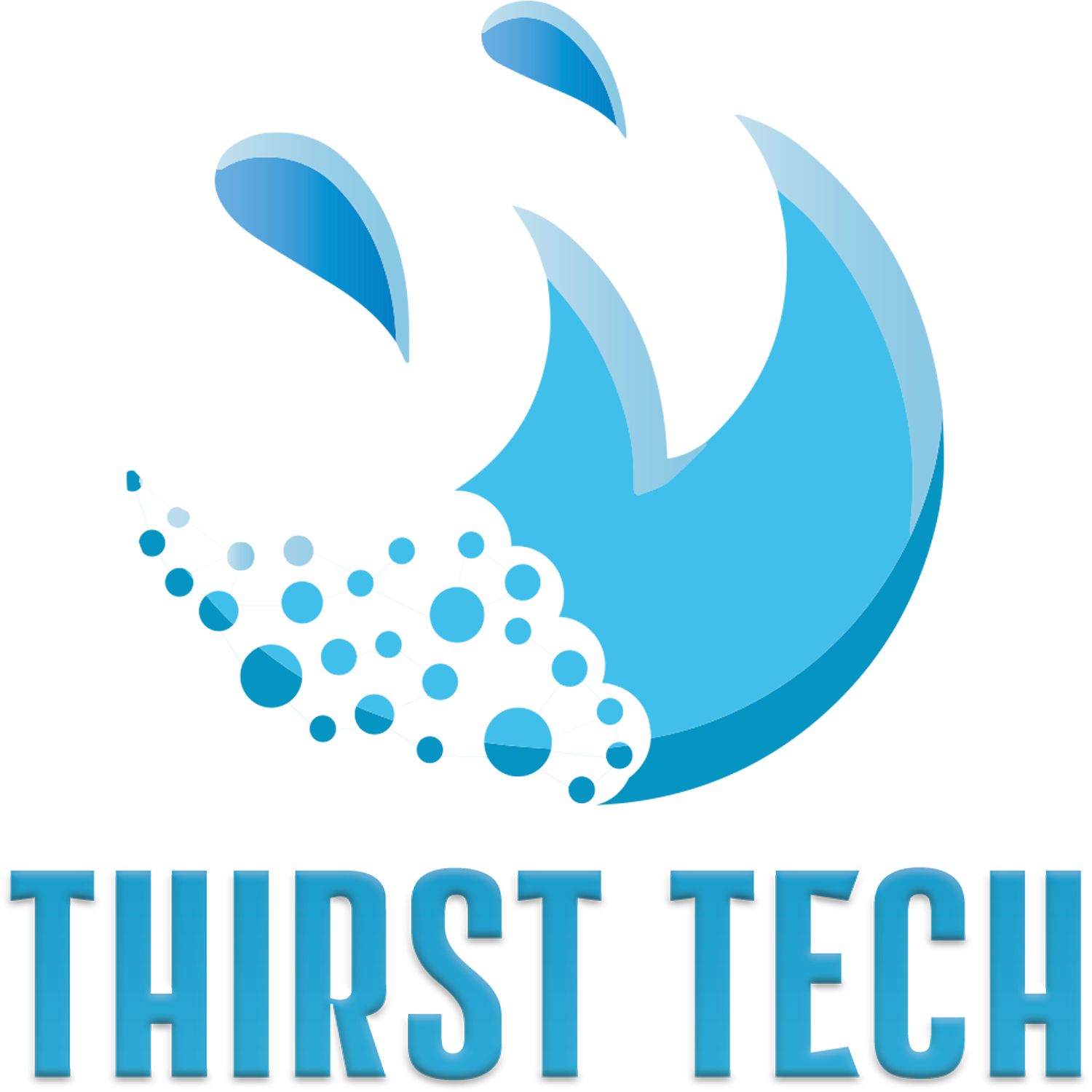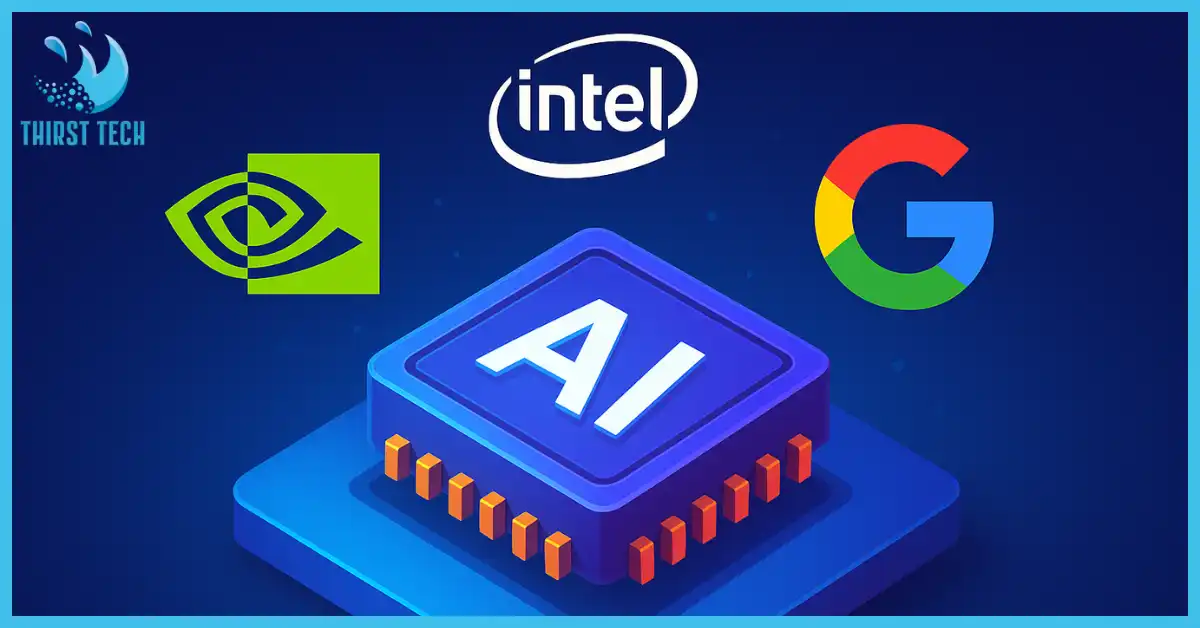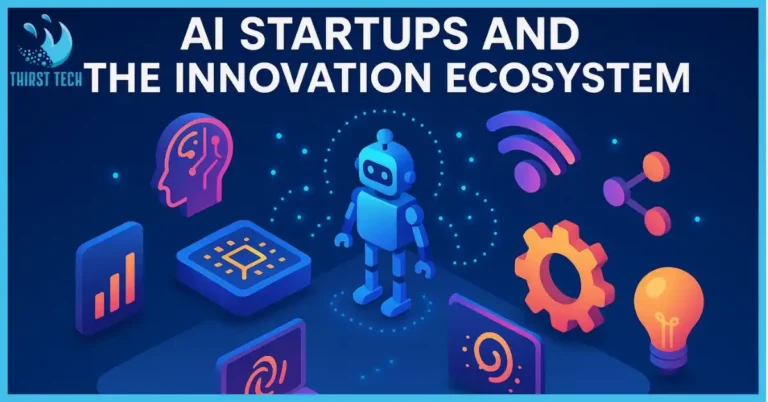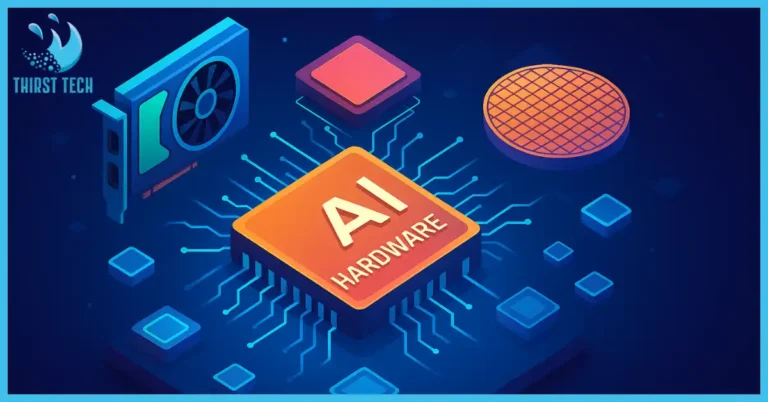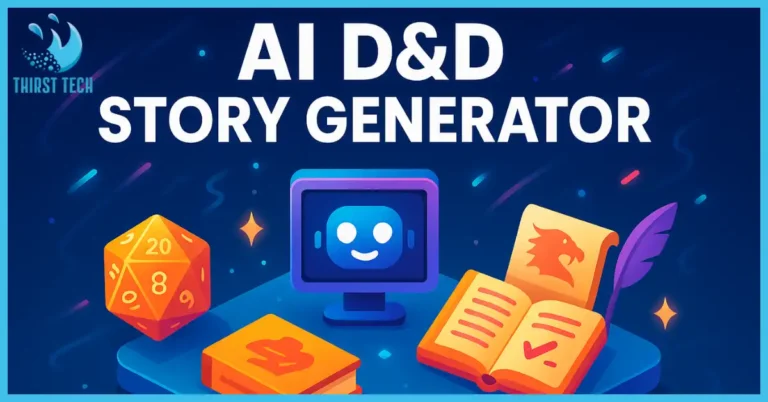List of AI Chip Companies to Watch in 2025
The race to design the most powerful and efficient AI chip has never been more intense. As enterprises push the boundaries of artificial intelligence, demand for specialized hardware surges, powering everything from cloud AI datacenters to edge AI devices. This list of AI chip companies highlights the top innovators, AI chip makers, and chip companies driving the next wave of AI hardware breakthroughs.
Comparing the Top AI Chip Companies in 2025
Below is a snapshot of the 10 top AI chip companies, their flagship chips, and primary focus areas:
| Company | Flagship Chip | Focus | Application Domain |
|---|---|---|---|
| Nvidia | H100 Blackwell GPU | Training/Infernce | Data center & HPC |
| AMD | Instinct MI300 | Training/Infernce | AI workloads in the cloud |
| Intel | Gaudi 3 (Habana Labs) | Training/Infernce | Hyperscale data centers |
| Qualcomm | Snapdragon X Elite AI Chip | Mobile/Edge AI | Smartphones & embedded AI |
| Ironwood TPU v7 | Inference | Large-scale inference | |
| Amazon | Trainium2 & Inferentia2 | Training & Inf. | AWS AI services |
| Graphcore | Colossus MK2 IPU | Training/Infernce | On-prem & cloud IPU pods |
| Cerebras | Wafer Scale Engine‑3 | Inference & Training | Supercomputing & research |
| Huawei | Ascend 910C | Training/Inference | China-focused AI ecosystem |
| Apple | A18 Neural Engine | Mobile AI | On-device AI acceleration |
This AI chip comparison underscores the diversity in architecture, performance, and target AI workloads, from massive data center grids to power-efficient mobile AI chip designs.
🔗 Related Post
Explore how the AI Makeup Advisor is redefining beauty routines with real-time virtual try-ons, hyper-personalized recommendations, and next-gen AR tools.
AI Chip Makers to Watch
Nvidia: The Unrivaled GPU Giant
Nvidia remains the top AI chip maker, boasting the H100 Blackwell GPU for high-performance training and inference. Its CUDA and NVLink ecosystems create a strong business moat, cementing its leadership in AI hardware development.
AMD: The Challenger in AI Accelerators
AMD’s MI300 series AI chip accelerators deliver competitive performance-per-dollar in AI training and inference. Backed by TSMC’s advanced nodes, AMD is rapidly closing the gap with Nvidia in cloud AI deployments.
Intel (Habana Labs): Reinventing for AI Workloads
Intel’s acquisition of Habana Labs brought Gaudi accelerators into its lineup. Under new leadership, Intel aims to reclaim 2025 market share by focusing on Machine Learning and AI inference at scale.
🔗 Related Post
Unleash your next quest with the DnD Story Generator AI, your shortcut to epic adventures, custom plots, and instant NPC creation using cutting-edge AI.
Qualcomm: Leader in Mobile Edge AI
Qualcomm’s Snapdragon X Elite AI chips power next-gen mobile AI chip offerings. With on-device generative AI capabilities, Qualcomm continues to dominate edge AI applications in smartphones and IoT devices.
Google: Pioneering TPU Roadmap
Google’s Ironwood TPU v7 is built for inference at massive scale—over 42.5 exaflops of AI performance—ushering in the “age of inference.” This custom design underpins Google Cloud’s AI services.
Amazon: Custom Chips for AWS AI
AWS’s Trainium and Inferentia families provide a 3-layer approach to AI—training, inference, and inference-optimized hardware. Their integration into AWS EC2 instances drives cloud AI adoption at lower costs.
🔗 Related Post
Discover how the AI Graduation Photo Generator helps you create lifelike, high-quality graduation portraits instantly—no studio or professional gear required.
Graphcore: Innovator in IPU Architecture
Graphcore’s Colossus MK2 IPU processors deliver an 8× performance improvement over the first generation, targeting large-scale AI training with a completely new architecture optimized for parallel ML workloads.
Cerebras Systems: Wafer-Scale Pioneers
Cerebras’s WSE-3 wafer-scale engine boasts 52× more compute cores and 3,715× more fabric bandwidth, revolutionizing AI inference and molecular simulations in research supercomputers.
Huawei: Homegrown AI Chips
Huawei’s Ascend series chips cater to China’s AI ecosystem, providing localized alternatives to Western chip makers amid geopolitical shifts.
Apple: AI on the Edge
Apple’s A18 Neural Engine enhances on-device AI performance for iPhones and iPads, showcasing the importance of mobile AI chip design in consumer electronics.
🔗 Related Post
Explore how the Ninja AI Image Generator empowers creators with multi-model access, style presets, and in-platform editing for fast, high-quality visual content.
Cloud AI vs. Edge AI Chips
- Cloud AI:
- High throughput, power-intensive accelerators (e.g., Nvidia H100, Google TPU)
- Suited for large-scale AI model training and inference in datacenters
- Edge AI:
- Low-power, integrated AI cores (e.g., Qualcomm Snapdragon, Apple Neural Engine)
- Optimized for real-time AI applications on devices with limited thermal budgets
Key Insights from Leading AI Hardware Companies
- Specialization vs. Generalization:
Custom AI accelerators (TPUs, IPUs, WSEs) excel at targeted workloads, while GPUs offer versatility for Generative AI and graphics. - Ecosystem Lock‑in:
Software stacks like CUDA, Poplar SDK, and AWS Neuron SDK create developer “moats” that reinforce vendor dominance. - Sustainability & Efficiency:
Energy-efficient chips become a priority as data center power costs and environmental concerns climb. - Geopolitical Dynamics:
Regional players (Huawei, Graphcore/SoftBank) illustrate the strategic importance of domestic chip industries. - Convergence of AI Training & Inference:
Vendors blur lines between training and inference hardware to deliver unified AI platforms.
🔗 Related Post
Discover how the Ninja AI Voice Generator is reshaping gaming, streaming, and content creation with real-time stealthy voice cloning and cutting-edge AI tech.
Conclusion – List of AI Chip Companies
The AI chip landscape in 2025 is characterized by fierce competition, rapid innovation, and a clear divide between cloud‑scale accelerators and edge‑optimized processors. Whether you’re deploying large-scale AI in hyperscale data centers or integrating AI into mobile devices, the leading AI chip companies on this list of AI chip companies will shape the future of artificial intelligence.
👉 Interested in deep-dive reviews of AI hardware companies or hands-on performance benchmarks? Subscribe to our newsletter and join the conversation about the future of AI chip design!
FAQs about AI Chip Companies
What defines a top AI chip company?
A top AI chip company leads in performance, efficiency, and ecosystem support for AI training or inference workloads.
How do AI chips differ from traditional CPUs?
AI chips—GPUs, TPUs, IPUs, and WSEs—are specialized for parallel compute tasks typical in machine learning, offering significantly higher throughput and efficiency than general‑purpose CPUs.
Can edge AI chips handle generative AI workloads?
Modern mobile AI chips (e.g., Qualcomm, Apple Neural Engine) support small‑scale generative models, but large-scale generative AI still runs primarily on datacenter accelerators.
What factors drive the choice between cloud AI and edge AI hardware?
Considerations include latency requirements, power constraints, model size, cost, and existing software ecosystem compatibility.
Are there emerging AI chip startups to watch?
Beyond the established giants, startups like Groq, Untether AI, and Mythic are developing innovative AI accelerators that may disrupt traditional architectures.
